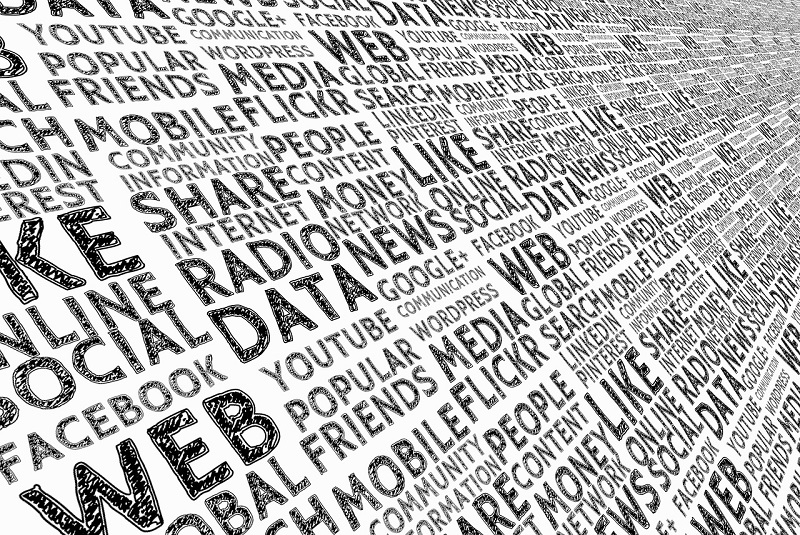Research shows that enterprise data doubles every four years, a number that is expected to grow even further with technology. Many do not know this but data is fundamental to a business’ efficiency and effective running in places like banks, hospitals and even the small and medium enterprises. In fact, any big enterprise that has been around a few years will probably have data located in confusing array of servers from different vendors. Such data is heterogeneous but most organizations are working to knit them together in a bid to make them work harmoniously. The challenge is in documenting the connections between the data ecosystems, keeping in mind that data items are volatile and keep changing daily. Now, this is where the concept of data lineage comes in.
What is Data Lineage?
Data lineage is the process of understanding the origin and its movement over time-it involves documenting and visualizing the data as it moves from the time it is created to the time it is consumed. In simple words, data lineage helps to track data from its origin to its destination.
This methodology captures information about data from the source to destination along with the various processes and transformations it undergoes along the data pipeline. Data lineage can be helpful for better governance processes, data quality, master data management and metadata management. Think of it this way, with data lineage it is quite easy to track back the data to its source, a process that would have been very cumbersome without such automatons. The overall business intelligence infrastructure is improved in the sense that it is possible to answer questions like: Are the transformations undertaken by the data correct? What are the impacts of data changes on other systems? Of course, the best way to present and to understand this lineage is in proper presentation algorithms but there is more than that! Let us expound on it.
This is How Data Lineage Works
Data can be represented in different forms such as metadata and visualization. Metadata summarizes basic information about data and in this case, the task is to show how one metadata flows through a process to another metadata. Visualizations such as graphs are the best to use given that it helps ease the process of investigating data lineage in the quest to find vital trends and answers. The beauty is that data visualization is less complex meaning that it can be understood by both the non-technical and technical users ensuing in faster and better decision-making.
Challenges in Connected Data
The real hurdle has to be in tracking the data provenance of a specific data point. This is associated with the limitations associated with RDBMS (Relational database management system) used by many companies today. Think of things like the inaccuracy in querying using SQL, their slow performance levels and the fact that it is tough to accommodate evolving relationships in such databases.
The best solution in such cases is to deploy graph databases such as Neo4j that eliminate the challenges such as data flow modeling troubles and relationship representation among data variables. This kind of graphs will help you as the researcher search through the data via interactive search bars and then display the desired results and Information for you to analyze.
Why you Need Data Lineage
As stated in the previous sections, data lineage helps to answer questions like, “Where did the data come from?” or “where the error was made in data processes?” and so on. With this understanding, data lineage can be used to safeguard data and reducing risk associated with data loss. Of course, in any process that involves data, security breach is a great threat to the company involved. Data flow and data lineage shows all access points to the ever-flowing data thus it prevents possible breaches to the data. With data lineage it is possible to govern and control this so that the data comes from reliable sources and it is accessed at the correct locations. Decision making in the company becomes smoother and full of integrity with accurate information that has been screened and secured from threats.
Resolving errors has become easier with data lineage since the problem can easily be traced though the system to provide a solution within a short time. The other long alternative in resolving such errors is reporting it to the people in the IT department who will then get hold of the matter and spend a lot of time trying to look for solutions. Let us take an example of a department that has had a few hitches when trying to explain cash flow aspects, with the help of data lineage, stakeholders will be able to see to it that there is transparency and better monitoring of the money and trace where every cent was used. They will also have an idea from its beginning point to its end solution. There are not many downsides to data lineage but a smart company looking to start up on it should get competent professionals who will give the best results.
Conclusion
Improving data quality in the company should be on the top of the list especially in this competitive business environment. The IT department or the company contracted to undertake this should have well outlined policies on how to collect and protect data as it enters the systems to guard it from any breach. On the other hand, organizations that know the importance of data lineage should keep evolving with the trends to ensure that their data governance processes are up to scratch. This guarantees that every step the data goes through is captured well, which also guarantees transparency in the company hence good profits!
